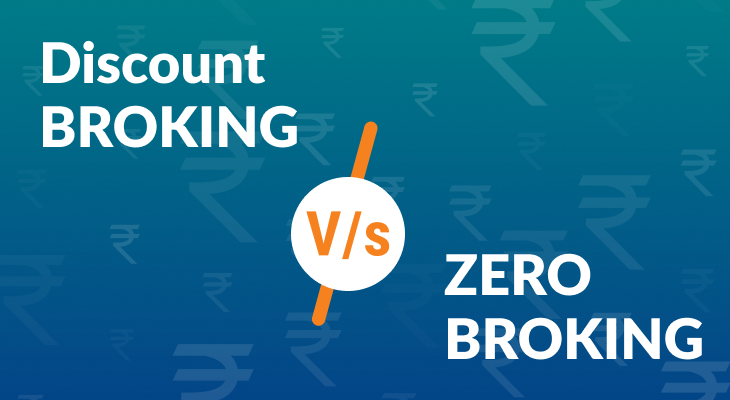Rebates vs Discounts: What Are the Differences?

It is a straightforward and immediate price reduction that is applied to the total cost. On the other hand, a rebate is a partial refund given to the customer after the purchase has been made. It requires the customer to submit a claim or fulfill certain conditions to receive the refund. While discounts are instantly deducted from the purchase price, rebates involve a separate process and may take some time to be processed and received by the customer.

Rebates vs Discounts: What Are the Differences?
- Typically, retailers set policies regarding rebate stacking, but some allow combining rebates with other discounts.
- These different types of rebates enable businesses to encourage specific behaviors in their trading partners.
- It is a tool used by the sellers to promote sales in large quantities.
- Reduced interest rates, by contrast, lower the monthly payments on large purchases such as vehicles.
The prices you set can affect the number of sales you get, your profits, and even your brand perception. That’s why it’s so important to make the right pricing decisions for your business. A discount is used for the immediate return of a portion of the value of an item by a seller. The function of a rebate is to return money that is owed to the buyer by the seller by arrangement but after the purchase of the goods or services.
Services
Rebates also keep the price point at a more stable level, as it avoids “lowering the bar” for future negotiations. This means both you and your customer have greater flexibility for negotiations year over year, even when price increases. Rebates are a long-term sales strategy whereas discounts are meant for the short term. A discount may only last for a week, but rebate agreements may remain the same year after year.
Your quiz has been submitted
Rebates and discounts are two distinct pricing strategies used by businesses to incentivize purchases. While both offer financial benefits to customers, they differ in their application and timing. As a result, businesses must carefully consider their rebate strategy to guarantee it is effective and easy to understand. By doing so, they can reap the benefits of increased sales and customer loyalty. Remember, the choice between rebates and discounts isn’t a binary one.
Volume discounts and trade discounts are both commonly encountered in retail scenarios, although they may not be as noticeable to consumers. Volume discounts, for instance, come into play when a customer purchases a specific quantity of a product. These are typically seen in promotions like “buy one, get one free”, where the free item is effectively discounted to zero dollars.
Choosing Between Rebates and Discounts
The buyer can purchase an item for less or take advantage of buying in larger quantities. The system also encourages customers to pay in full for services with the hope of receiving some rebate or return for their money. Understanding the differences between rebates and discounts is essential for making informed purchasing decisions. By considering the pros and cons of each option, consumers can choose the best approach for their needs. In evaluating cost savings, consumers must carefully consider whether a rebate or discount offers the most beneficial option for their specific financial situation.
They are typically applied at the point of purchase, reducing the buying price for a set duration. The immediate reduction in price can stimulate buying behaviors, leading to an increase in short-term sales. Rebates are a widely utilized tool by distributors worldwide to facilitate favorable trading relationships and stronger strategic partnerships. On average, distributors have rebate programs with 50 of their top 100 manufacturers, representing two-thirds of sales and an impressive % of net profit. This makes rebates one of the most crucial incentives in a distributor’s strategic arsenal.
Rebates and discounts can be measured in percentages marked according to the whole value of the item being sold. Discounts and rebates are used as incentives from sellers to their buyers to move their products faster and with more certainty. In the world of consumer promotions, both discounts and rebates are ubiquitous. But there are key differences between a rebate and a discount that make one a better tool than the other. In this article, we’ll walk you through the math and mechanics of rebates vs discounts.
While lowering prices can attract customers, improper execution of sales strategies may erode profits and harm your brand and reputation. TDiscounts are a potent pricing strategy used to incentivize purchasing behavior, often applied at the difference between discount and rebate point of sale to reduce the purchase price for a specified period. When you make a purchase, you immediately pay the discounted price. A discount, as we all know, is when the cost of a product or service is reduced at the time of purchase.
